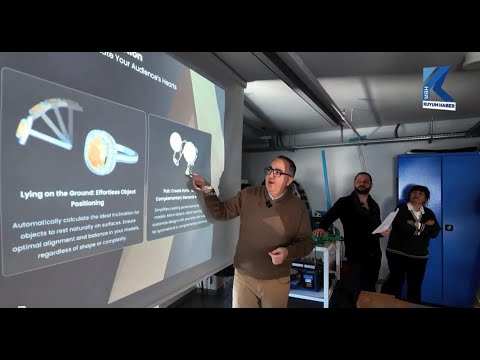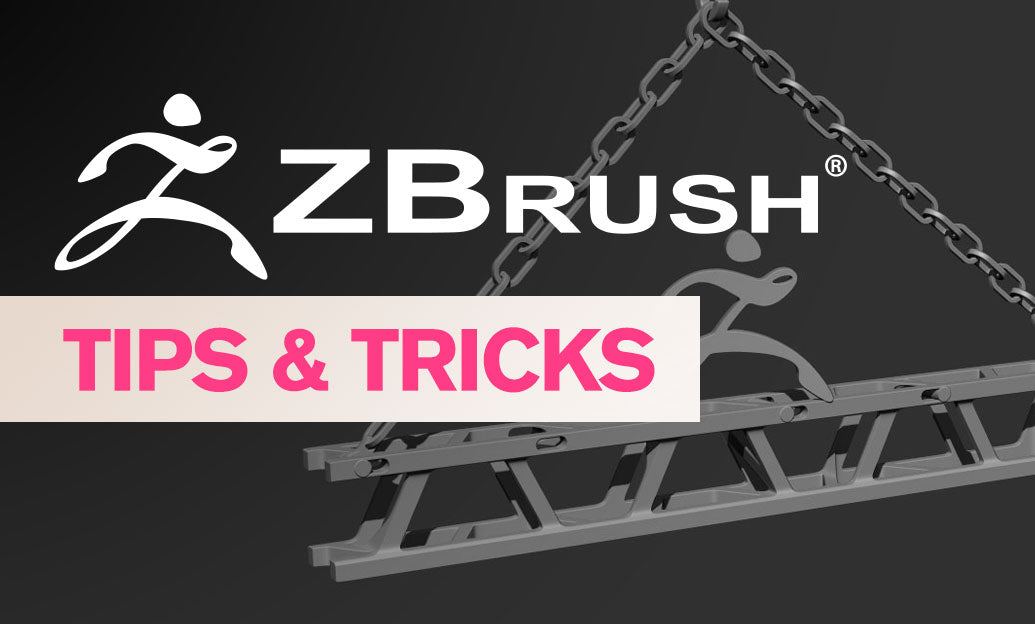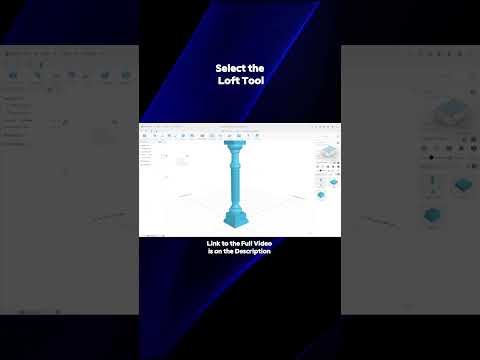Your Cart is Empty
Customer Testimonials
-
"Great customer service. The folks at Novedge were super helpful in navigating a somewhat complicated order including software upgrades and serial numbers in various stages of inactivity. They were friendly and helpful throughout the process.."
Ruben Ruckmark
"Quick & very helpful. We have been using Novedge for years and are very happy with their quick service when we need to make a purchase and excellent support resolving any issues."
Will Woodson
"Scott is the best. He reminds me about subscriptions dates, guides me in the correct direction for updates. He always responds promptly to me. He is literally the reason I continue to work with Novedge and will do so in the future."
Edward Mchugh
"Calvin Lok is “the man”. After my purchase of Sketchup 2021, he called me and provided step-by-step instructions to ease me through difficulties I was having with the setup of my new software."
Mike Borzage
ZBrush Tip: Enhancing Digital Sculpting with NoiseMaker: Dynamic Terrain Generation in ZBrush
June 16, 2024 2 min read

Welcome to our ZBrush "Tip of the Day" where we aim to enhance your digital sculpting workflow with quick and effective strategies. Today, we're delving into the dynamic terrain generation capabilities within ZBrush using the powerful NoiseMaker feature.
Generating realistic terrains can be an intricate process, but ZBrush simplifies this with NoiseMaker. Whether you're crafting alien landscapes or earthly terrains, follow these tips to use NoiseMaker to its full potential:
- Accessing NoiseMaker: Open NoiseMaker by navigating to the Tool > Surface menu and clicking on the 'Noise' button. This brings up the NoiseMaker interface with a variety of controls to manipulate the noise pattern.
- Starting with Basics: Begin by applying a basic noise to understand how it affects your model. Adjust the Strength slider to vary the intensity of the terrain features.
- Customizing Noise: Utilize the provided presets or create your own by modifying parameters such as Scale, Curve, and Detail. Each adjustment can greatly change the appearance of your terrain, providing you with endless possibilities.
- 3D Noise: Enable '3D' in the NoiseMaker options to apply the noise uniformly in all directions, which is ideal for creating an isotropic terrain without stretching artifacts.
- Applying Masks: Use masks to localize the effect of the noise, allowing for more control over specific areas of your terrain. This is particularly useful when you want to combine different terrains or add noise to only a portion of your model.
- Previewing Results: Use the Preview window in NoiseMaker to see a real-time update of how the noise affects your model. This allows for rapid iteration and tuning of parameters to get the desired result.
- Combining with Other Tools: Enhance terrains by combining NoiseMaker with other ZBrush tools, such as ClayTubes or Dam_Standard, to manually sculpt additional details and refine the terrain.
When you're satisfied with the generated terrain, apply the noise to your model to make the changes permanent. Remember, NoiseMaker's versatility extends beyond terrain generation; it can be used to add texture to a variety of surfaces. Experiment with different settings to discover a range of effects suitable for your project.
For those looking to elevate their ZBrush experience, consider visiting NOVEDGE, where you can find a plethora of resources and products to enhance your 3D sculpting journey.
Stay tuned for more tips to refine your ZBrush skills and bring your digital sculptures to the next level.
You can find all the ZBrush products on the NOVEDGE web site at this page.
Also in Design News

💎 Rhino Artisan Arrives in Turkey: Revolutionizing Jewelry Design
February 27, 2025 1 min read
Read More
ZBrush Tip: Mastering Curve Surface for Unique Textures in ZBrush
February 27, 2025 2 min read
Read MoreSubscribe
Sign up to get the latest on sales, new releases and more …



